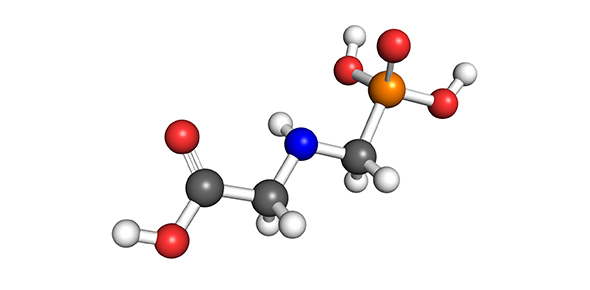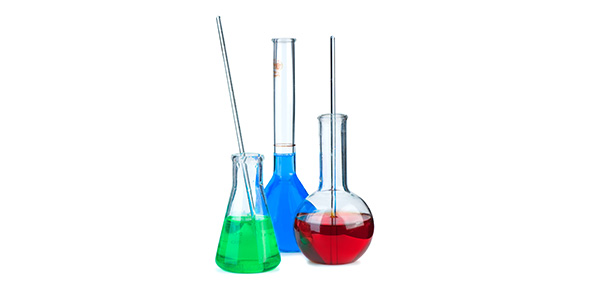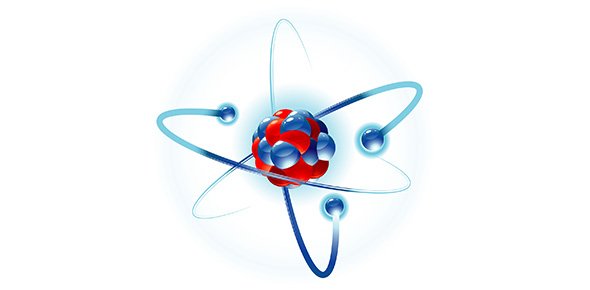Related Flashcards
Cards In This Set
| Front | Back |
|
Macromolecules
|
Carbohydrates, proteins, and nucleic acids - they are huge
|
|
Polymer
|
Long molecule consisting of many similar or identical building blocks linked by covalent bonds. (ex: train consists of a chain of cars)
|
|
Monomer
|
The building blocks of a polymer
|
|
Enzyme
|
Specialized macromolecules that speed up chemical reactions.
|
|
Dehydration Reaction
|
A chemical reaction in which two molecules become covalently bonded to each other with the removal of a water molecule
|
|
Hydrolysis
|
A chemical reaction that breaks down between two molecules by the addition of water; dissembles of polymers to monomers
|
|
Carbohydrates
|
Include both sugars and polymers of sugars
|
|
Monosaccharides
|
Simple sugars
|
|
Disaccharides
|
Two monosaccharides
|
|
Glycosidic Linkage
|
A covalent bond formed between two monosaccharides by a dehydration reaction
|
|
Polysaccharides
|
Macromolecules, polymers with monosaccharides joined by glycosidic linkages
|
|
Starch
|
Polymer of glucose monomers
|
|
Glycogen
|
Polymer of glucose
|
|
Cellulose
|
Structural polysaccharide of plant cell walls, consisting of glucose monomers joined by beta glycosidic linkages
|
|
Chitin
|
Carbohydrate used by arthropods (insects) to build their exoskeletons
|







